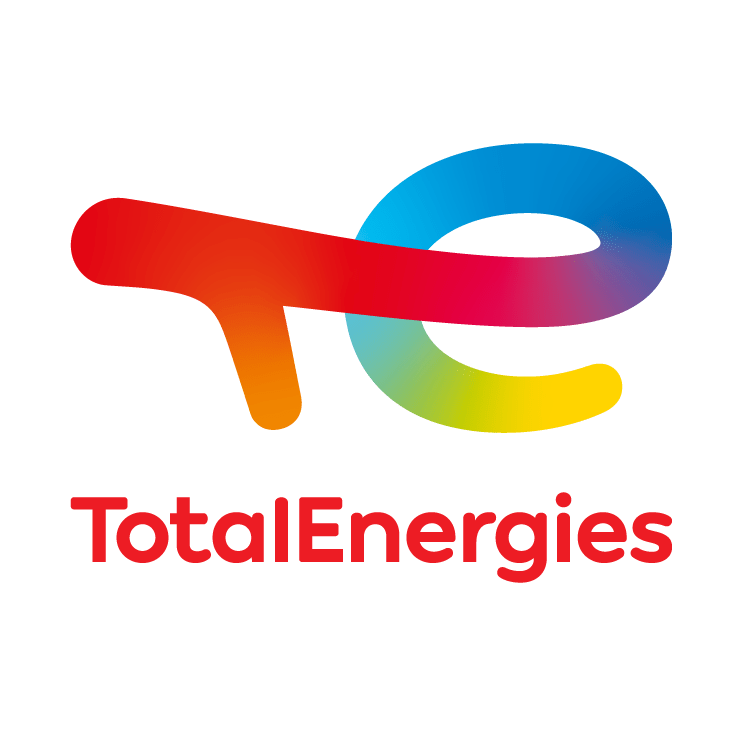Short Course 3
Short course 3 – 27 October
Risk Assessment of CO2 Storage by Understanding Coupled Thermo-hydro-chemical-mechanical Processes
Level: Intermediate
The course evaluates the risks associated with CO2 storage projects by determining the technical viability of such projects. It will explain coupled phenomena in terms of storage integrity by discussing the principles of coupled processes affected mainly by changes in pressure (effective stress), temperature and geochemistry in sealing formations. These changes will affect flow and transport as well as geomechanical stability and impact the long-term predictability of containment.
Through this course you will learn how coupled processes are implemented in real-world CO2 storage projects to assess related risks. You will gain an understanding of the coupled processes in CO2 storage reservoirs seals to make your own assessment of short to long-term risks for reservoir containment, and you will obtain an introduction into the fundamental coupled processes expected to occur in subsurface.

Date
27 October
Time
TBC
LOcation
WTC Rotterdam
Register and start learning now
Course Objectives
- Generate an understanding of the coupled processes in CO2 storage reservoirs to make an assessment of short to long-term risks for reservoir conformance prediction.
- Generate an understanding of coupled processes in geological sealing units (caprocks, faults) to make an assessment of short to long-term risks for reservoir containment.
- Obtain an introduction into the fundamental coupled processes expected to occur in subsurface CO2 storage formations and associated seals.
- Learn how coupled processes are implemented in real-world CO2 storage projects to assess related risks.
Course Outline
- Introduction and Overview (~1-1.5h)
- Setting the scene: Why are coupled processes important in leakage risk evaluation
- Risk assessment schemes: What level at what stage
- Caprock leakage (~3-3.5h)
- Overview and relevance for saline aquifers vs depleted reservoirs
- Matrix leakage
- Faults leakage
- Impact of geochemical reactions on seal integrity (~1.5h)
- Overview
- Case studies
Participant Profile
The course is designed for individuals interested in carbon capture and storage, including professionals from industry, academia, start-ups, investment groups, and government bodies.
Key Takeaways
By the end of the course, participants will have obtained an understanding of the relevant mechanisms leading to caprock leakage, including the complexity of coupled thermo-hydro-chemical-mechanical processes.
Prerequisites
This is an intermediate course. Participants should therefore have a basic technical understanding of CCS, flow in storage reservoir and seals. We invite participants from a geoscience (geology, geophysics, geomechanics etc) and reservoir engineering background.







